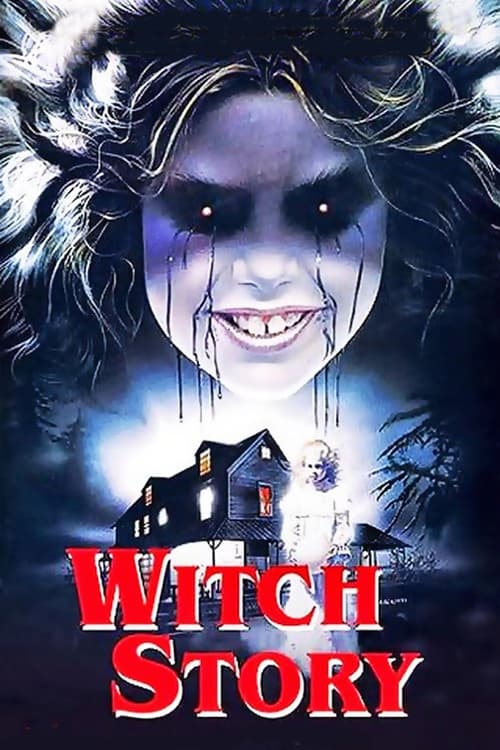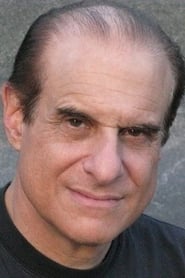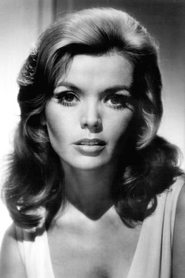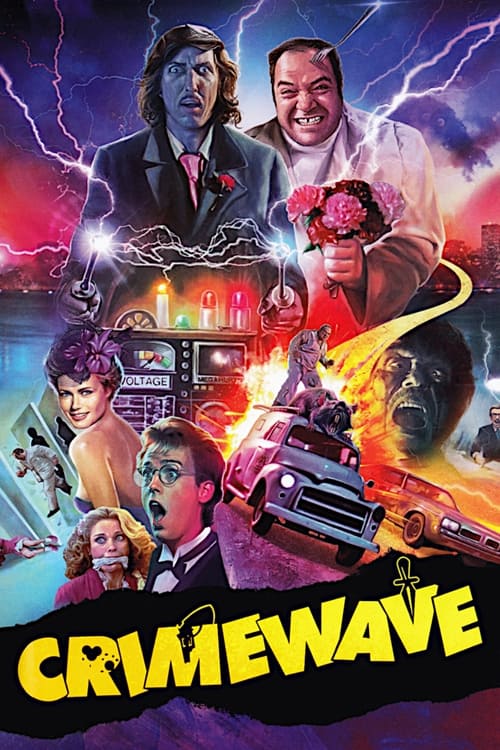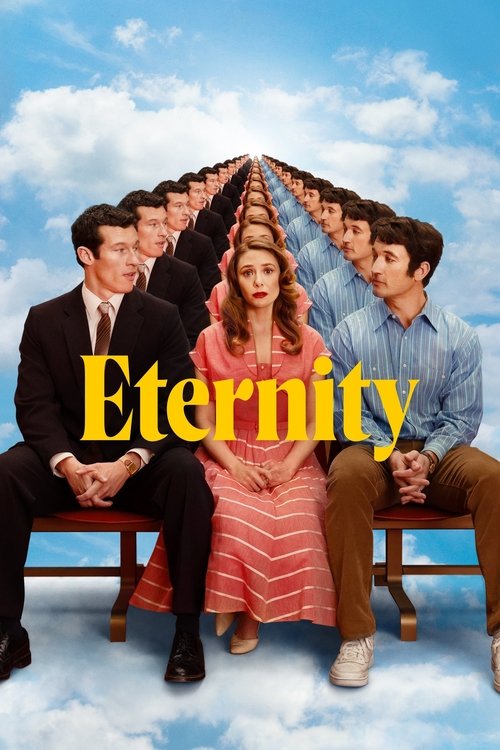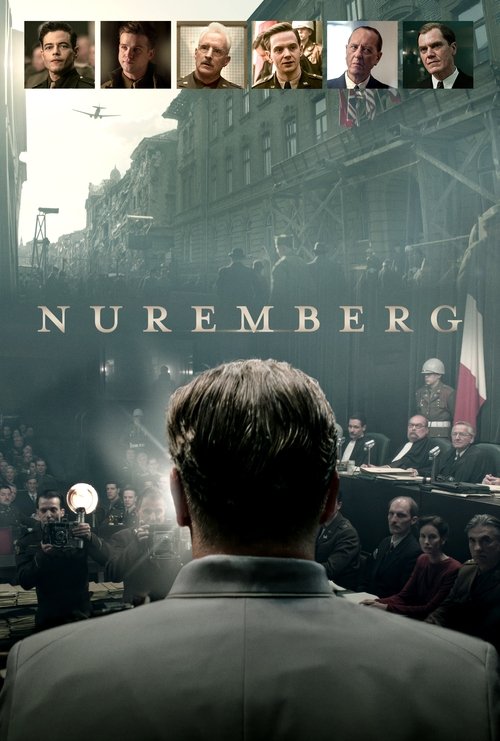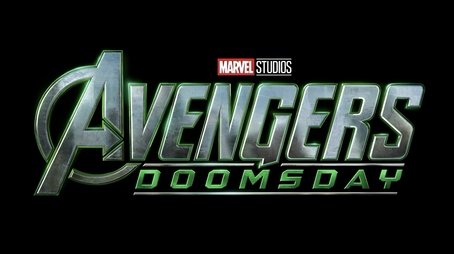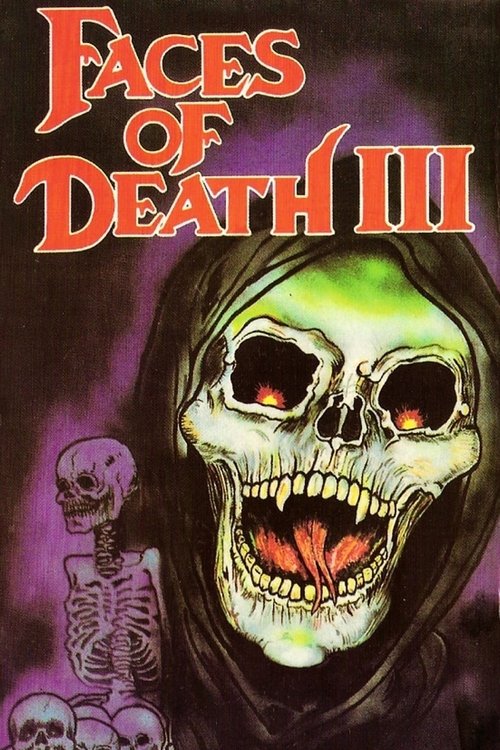
Ask Your Own Question
What is the plot?
What is the ending?
In the ending of "Witch Story," the protagonist, a young woman named Jennifer, confronts the malevolent spirit haunting her family. After a series of terrifying encounters, she ultimately faces the witch responsible for the curse. In a climactic showdown, Jennifer manages to break the witch's hold, freeing herself and her family from the dark legacy. The film concludes with a sense of resolution as Jennifer embraces her newfound strength and the bonds of her family are restored.
Now, let's delve into the ending in a more detailed narrative fashion.
As the final act unfolds, the atmosphere is thick with tension. Jennifer, having pieced together the history of the witch that has tormented her family for generations, stands in the dimly lit attic of her ancestral home. The air is heavy with dust and the remnants of forgotten memories. Shadows flicker as the wind howls outside, echoing the turmoil within her heart. She feels a mix of fear and determination, knowing that she must confront the malevolent spirit that has haunted her family.
In a pivotal scene, Jennifer gathers her courage and calls out to the witch, whose presence she can feel lurking in the corners of the room. The walls seem to pulse with energy as the witch materializes, a figure cloaked in darkness, her eyes glowing with malice. The witch taunts Jennifer, revealing the pain and suffering she has inflicted on her ancestors. Jennifer's heart races, but she stands her ground, fueled by the love for her family and the desire to end the cycle of torment.
As the confrontation escalates, the witch unleashes her powers, causing objects to fly across the room and shadows to dance menacingly. Jennifer, feeling overwhelmed, recalls the stories her grandmother told her about the witch's weaknesses. With newfound resolve, she begins to chant an incantation she learned, her voice steady despite the chaos around her. The witch shrieks in anger, her form flickering as Jennifer's words gain strength.
In a climactic moment, the energy in the room shifts. The witch, realizing her hold is weakening, lunges at Jennifer in a final attempt to reclaim her power. But Jennifer, drawing on the strength of her ancestors, stands firm. The room erupts in a blinding light as the witch's scream pierces the air, and with one final chant, Jennifer banishes the spirit, watching as the witch dissolves into a cloud of dark mist, finally free from her torment.
As the dust settles, Jennifer collapses to her knees, exhausted but triumphant. The attic, once a place of fear, now feels like a sanctuary. She is surrounded by the spirits of her ancestors, who appear momentarily to thank her for breaking the curse. Their expressions are filled with gratitude and relief, and Jennifer feels a profound connection to her lineage, understanding that she has not only saved herself but also honored her family's legacy.
The film concludes with Jennifer emerging from the attic, the dawn breaking outside. The sunlight streams through the windows, illuminating the once-dark corners of the house. She reunites with her family, who have been anxiously waiting for her return. Their faces reflect a mixture of concern and hope, and as Jennifer shares her experience, they embrace her tightly, tears of joy streaming down their faces.
In the final moments, the camera pans out, showing the family standing together, united and stronger than ever. The haunting presence that once loomed over them has been vanquished, and they step into a new chapter of their lives, free from the shadows of the past. The film closes on a note of resilience and the enduring power of family bonds, leaving the audience with a sense of closure and hope for the future.
Is there a post-credit scene?
"Witch Story," produced in 1989, does not contain a post-credit scene. The film concludes its narrative without any additional scenes or content after the credits roll. The story wraps up with the resolution of the main plot, focusing on the themes of witchcraft and the supernatural, leaving the audience with a sense of closure regarding the characters and their fates.
What role do the supporting characters play in the protagonist's journey?
Supporting characters, such as the skeptical friend and the knowledgeable elder, provide both assistance and obstacles for the protagonist. Their varying beliefs about the witch's power and the curse create tension and highlight the protagonist's internal struggle between skepticism and belief.
What is the significance of the witch's curse in the story?
The witch's curse serves as the central conflict of the narrative, driving the characters' actions and decisions. It is revealed that the curse affects the protagonist's family lineage, creating a sense of urgency and desperation as they seek to break it.
How does the protagonist discover the truth about her family's past?
The protagonist uncovers her family's dark history through a series of eerie encounters and discoveries, including old letters, family heirlooms, and conversations with local townsfolk who share chilling tales about the witch and her curse.
How does the setting influence the mood of the film?
The film's setting, a small, isolated town surrounded by dark woods, enhances the eerie atmosphere. The oppressive silence of the forest and the decaying remnants of the witch's past contribute to a sense of foreboding, reflecting the protagonist's growing fear and paranoia.
What are the key moments that lead to the climax of the story?
Key moments leading to the climax include the protagonist's encounters with supernatural occurrences, the revelation of her family's connection to the witch, and the escalating tension as she confronts the witch's spirit. These moments build suspense and lead to a dramatic confrontation that tests her resolve.
Is this family friendly?
"Witch Story," produced in 1989, is not considered family-friendly due to its themes and content. The film contains several potentially objectionable or upsetting aspects, including:
-
Supernatural Elements: The presence of witches and dark magic may be frightening for younger viewers or those sensitive to horror themes.
-
Violence: There are scenes that depict violence, including confrontations and threats that could be disturbing.
-
Death and Sacrifice: The film explores themes of death and sacrifice, which may be unsettling for children or sensitive audiences.
-
Dark Atmosphere: The overall tone of the film is eerie and suspenseful, which could create anxiety or fear.
-
Mature Themes: The narrative includes adult themes that may not be suitable for younger viewers, such as betrayal and moral ambiguity.
These elements contribute to a tense and unsettling viewing experience, making it more appropriate for mature audiences.

